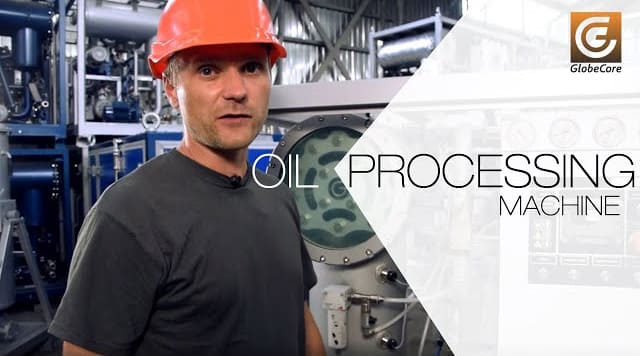Any cookies that may not be particularly necessary for the website to function and is used specifically to collect user
personal data via analytics, ads, other embedded contents are termed as non-necessary cookies. It is mandatory to procure
user consent prior to running these cookies on your website.











